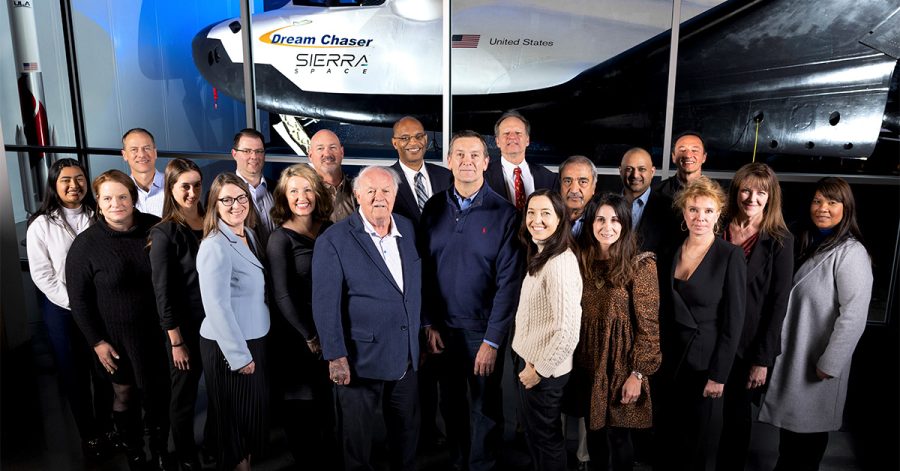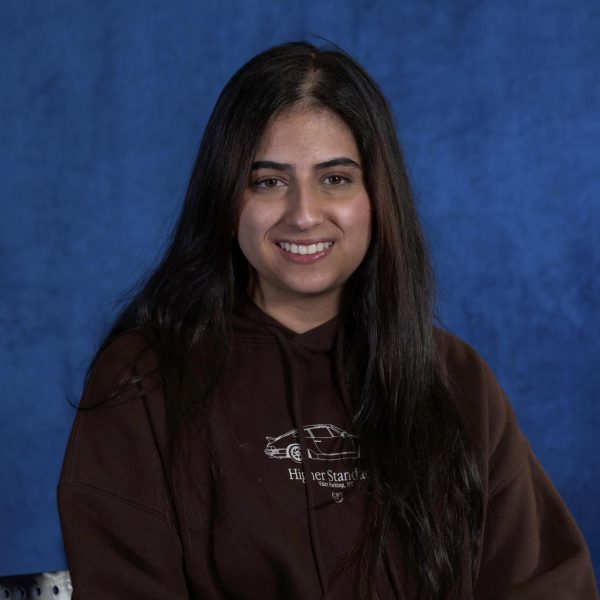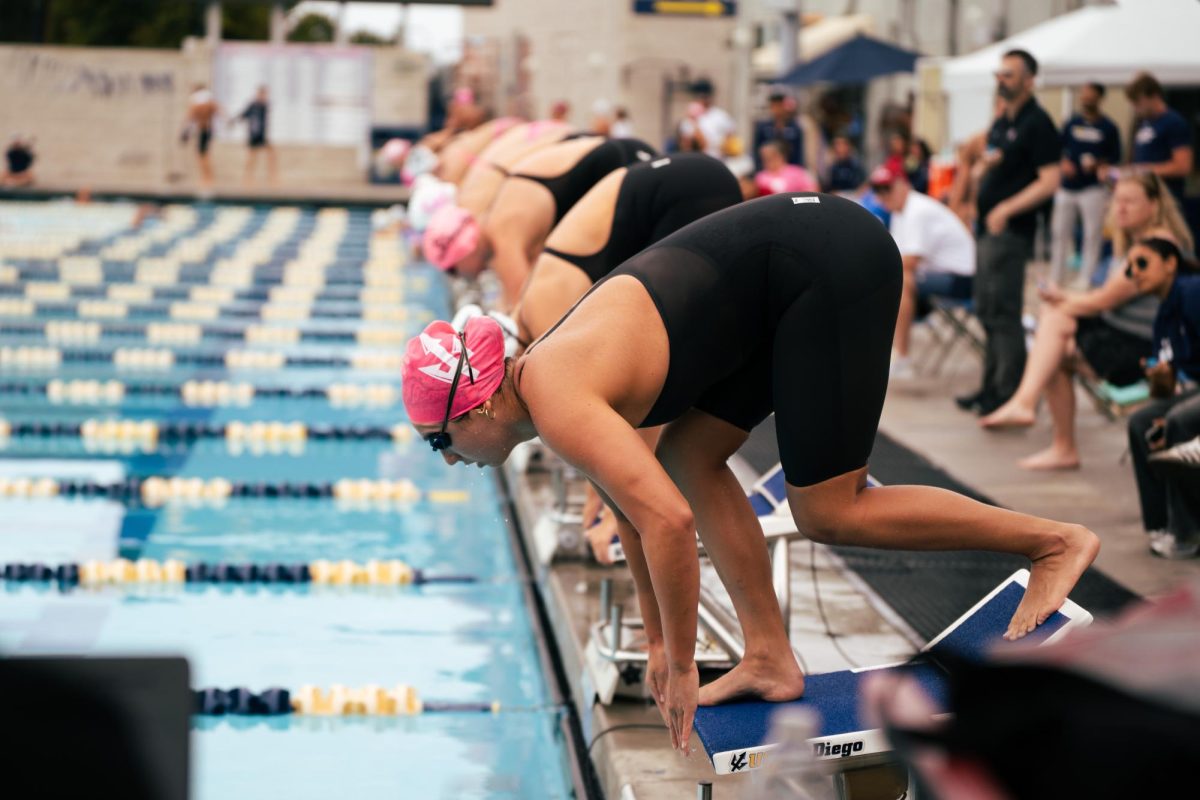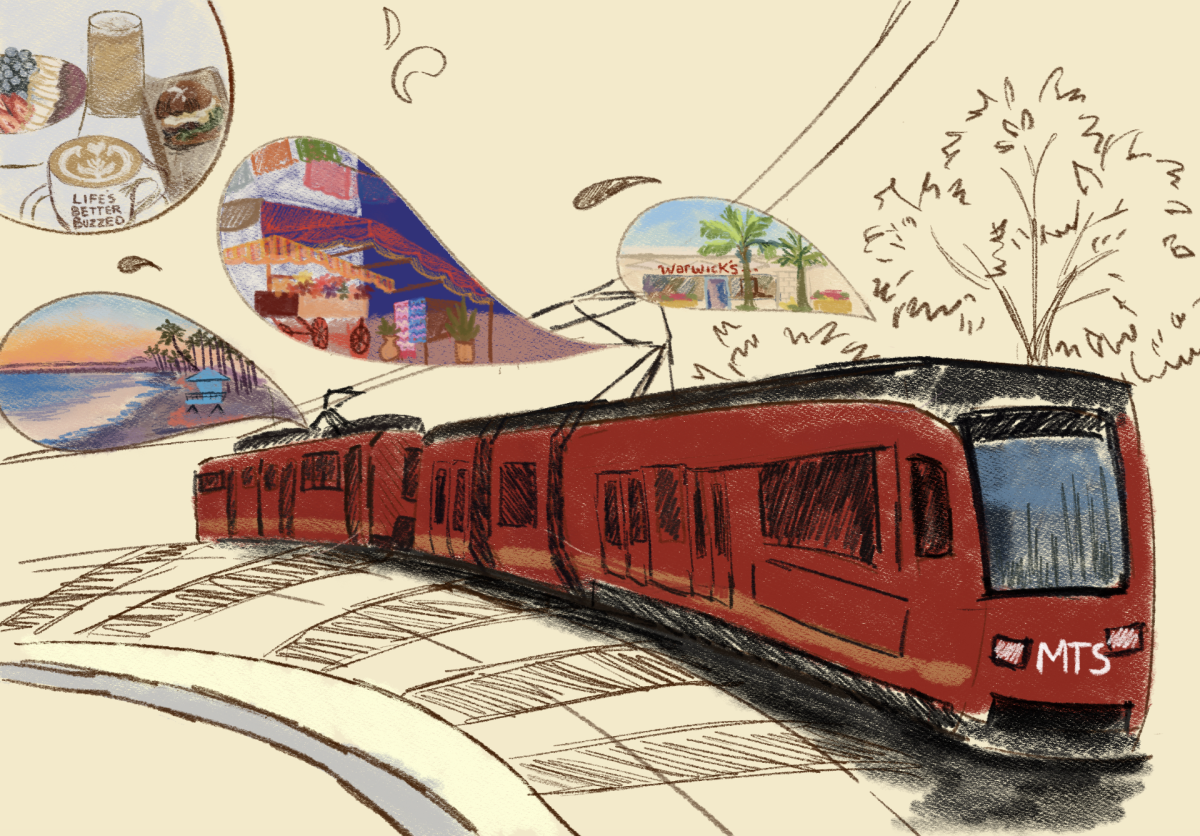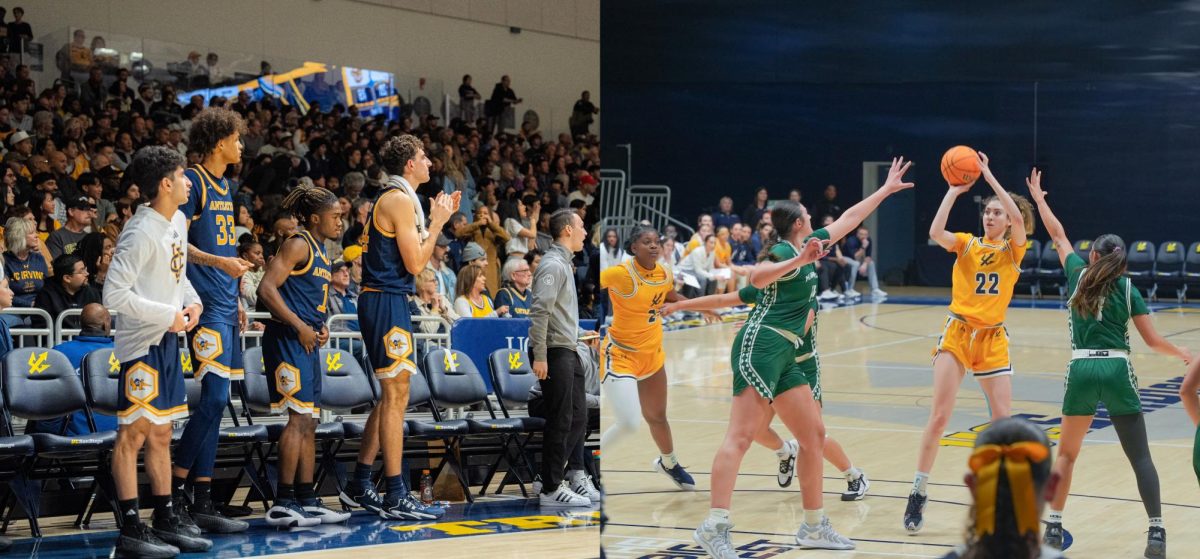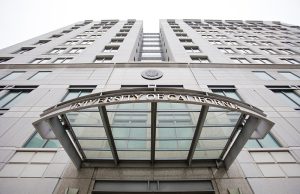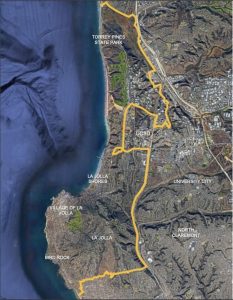UC San Diego Establishes Astrobiotechnology Hub to Further Stem Cell Research Efforts
Apr 17, 2023
The Sanford Stem Cell Institute at UC San Diego has announced the launch of a collaborative Astrobiotechnology Hub to further advance space stem cell and molecular research in a new realm. The institute was established after long-standing efforts from the university’s stem cell research teams, which study human tissues and stem cells by sending the contents to low orbit space stations.
The focus on creating a research center in space is due to the vast molecular changes that occur internally to a body in outer space. More specifically, the inner changes observed from prolonged periods of being within low Earth orbit include modifications to DNA and internal inflammation, and, holistically, rapid physical aging. All of these changes make an individual more susceptible to long-term illnesses such as cancer; evidence from these finds depict that the increase in radiation and decrease in gravitational force beyond the sky leads to an increase in stem cell aging.
By mimicking neurological deterioration and aging, scientists have the opportunity to mimic common neurological conditions and diseases manifesting in older age in a research setting. While these efforts focus on the brain, other branches strive to view the effects of old age, leading to illnesses within other organs, such as the liver. Within the institute, studies on the liver have their own research branch, and a branch dedicated to blood stem cells studies cancer on the molecular level.
The researchers have fostered a myriad of partnerships with various space exploration organizations, such as NASA, Axiom Space, and Sierra Space. More specifically, a partnership with aerospace organizations such as Axiom and Sierra has allowed university researchers access to reliable stem cell transportation to space.
With this stream of discovery taking place above, NASA granted UCSD $5 million to create the Integrated Space Stem Cell Orbital Research program, making it the first stem cell-oriented research facility in space. Since then, the program has conducted numerous experiments, such as exploring how stem cell aging is affected by outer space conditions, and using space as a facet for time-defying aging. In 2022, businessman Thomas Sanford donated $150 million to kickstart the Sanford Stem Cell Institute, which is directed by Dr. Catriona Jamieson. The institute features different centers that target different aspects of stem cell research. The Astrobiotechnology Hub will take advantage of the prolific stem cell growth under low Earth orbit conditions, categorizing the Hub as a potential stem cell manufacturing space.
Using these valuable connections, the Astrobiotechnology Hub is meant to combine these imperative outlets to synthesize necessary leaders, manufacturing, and technology together. Such partnerships have had a huge impact on the institute’s stem cell discoveries and will continue to be prolific.
“The progress isn’t incremental, it’s explosive. I’ve never seen this level of scientific might coming together to support a new line of work,” Jamieson told UC San Diego Today.
Such joint efforts between prominent organizations will create further opportunities for larger-scale partnerships outside of research, including key roles within technology and manufacturing.
“The collaborations between our Sanford Stem Cell Institute and its space and biotechnology partners exemplify what UC San Diego’s collaborative and groundbreaking community does best — working to address a variety of problems with novel, and in this case, literally out-of-this-world tactics,” Vice Chancellor of Research Dr. Corinne Peek-Asa said.
The Sanford Stem Cell Institute hopes to prove that the gravitation and radiation factors of space do, in fact, lead to stem cell aging and, by mimicking the natural aging process in less time, researchers will have the opportunity to observe the science of growing older through a new lens.
The Astrobiotechnology Lab, though the first stem cell research institute, is one of the many innovations being set to conduct research in space, furthering scientific discoveries to save lives.
Art courtesy of UC San Diego Today


